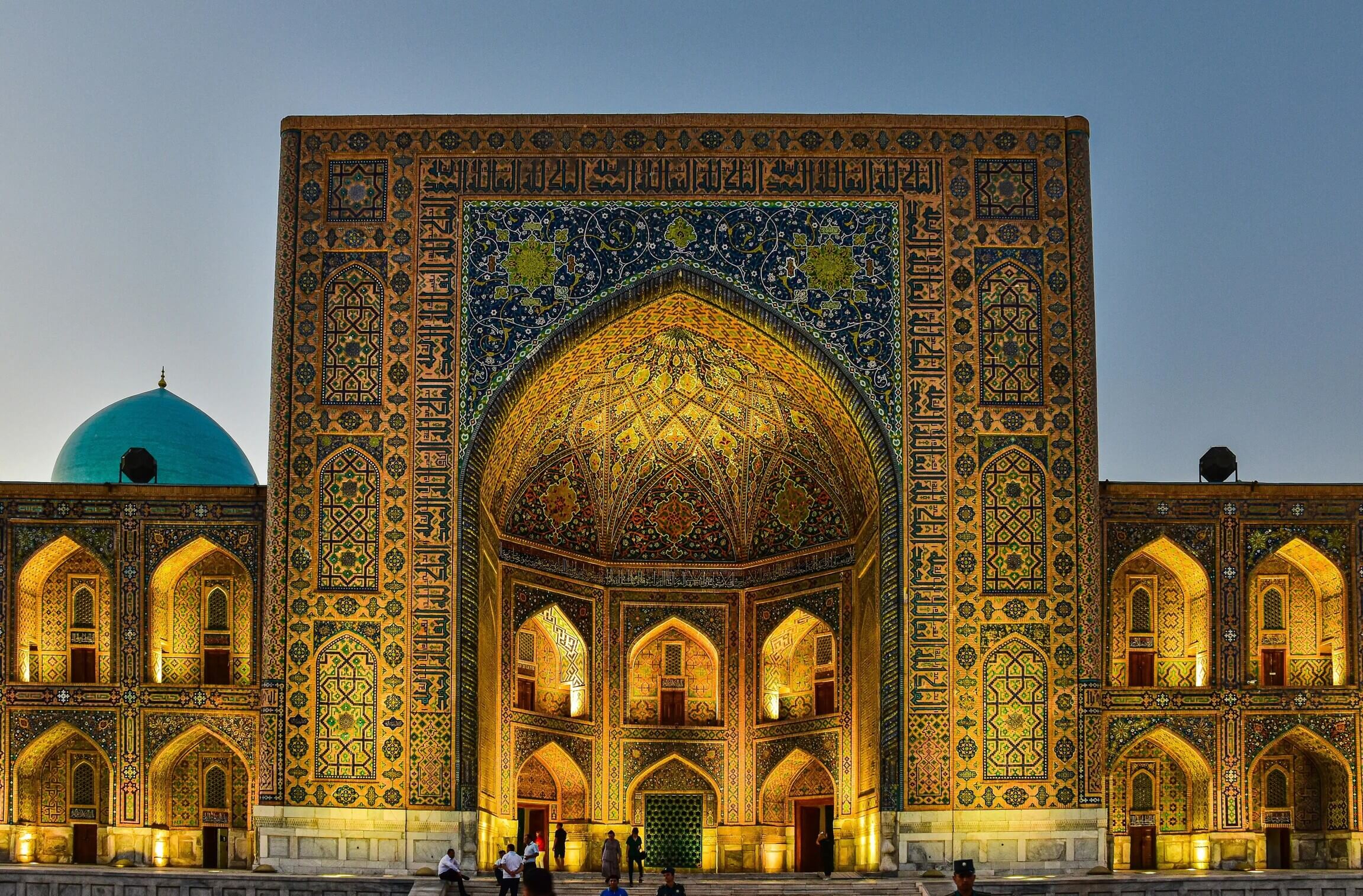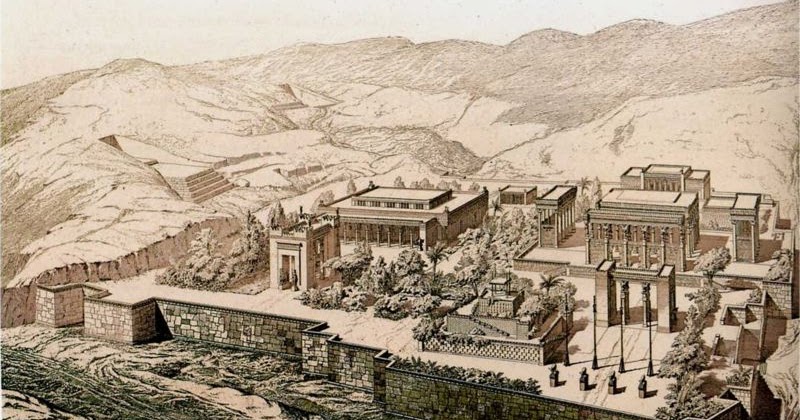
Table of Contents
ToggleIntroduction
Pakistani architecture is a living testament to centuries of cultural exchange. From the grand Mughal mosques of Lahore to the intricate tilework of Sindh, every brick tells a story. Much of this artistry draws inspiration from Persian and Central Asian design traditions, brought by empires, traders, and scholars who once traversed the Silk Road. The result is a unique blend of Islamic, Persian, and regional aesthetics that continues to shape Pakistan’s architectural identity.
Historical Background
Persian and Central Asian influence began long before the Mughal Empire, through ancient Persian empires and later Turkic dynasties:
- Achaemenid Empire (6th century BCE): Introduced early Persian governance and city planning.
- Timurid Dynasty (14th–15th centuries): Spread the use of domes, iwans (vaulted halls), and symmetrical gardens.
- Mughal Empire (16th–19th centuries): A golden era blending Persian artistry with South Asian elements, creating iconic monuments.

Key Design Elements Introduced
- Domes and Iwans
- Large, bulbous domes and grand arched iwans became a hallmark of Mughal mosques and palaces.
- Examples: Badshahi Mosque (Lahore) and Shah Jahan Mosque (Thatta).
- Persian Gardens (Charbagh Layout)
- The concept of dividing gardens into four symmetrical parts, symbolizing paradise, was brought from Persia.
- Example: Shalimar Gardens, Lahore.
- Tilework and Calligraphy
- Persian artisans perfected glazed tilework (kashi kari) with floral and geometric motifs.
- Example: Wazir Khan Mosque, Lahore, known for its vibrant tilework and Persian inscriptions.
- Minarets and Arched Gateways
- Tall, slender minarets and massive gateways were influenced by Timurid architecture.
- Example: Rohtas Fort, Jhelum, with its robust gates and Central Asian fortification style.

Central Asian Influence
Central Asian dynasties, such as the Timurids and Ghaznavids, added unique features:
- Use of baked brick and geometric carvings.
- Large courtyards and open spaces for prayer.
- Fortress-style architecture for defense, as seen in Derawar Fort in Cholistan.
Fusion with Local Styles
While Persian and Central Asian designs heavily influenced Pakistani architecture, artisans also integrated:
- Indigenous red sandstone and marble carving techniques.
- Regional motifs inspired by South Asian flora and fauna.
- Wooden craftsmanship from Kashmir and Swat.
This fusion created a distinct architectural identity unique to Pakistan, balancing elegance and functionality.
Legacy in Modern Architecture
The Persian and Central Asian legacy still influences Pakistan’s modern architects:
- Public buildings incorporate Mughal arches and domes.
- Contemporary mosques, like Faisal Mosque, Islamabad, draw inspiration from traditional geometric designs.
- Conservation projects are restoring ancient structures to preserve this shared cultural heritage.
The influence of Persian and Central Asian designs on Pakistani architecture reflects centuries of trade, migration, and cultural exchange. These styles not only shaped iconic mosques, gardens, and forts but also enriched Pakistan’s identity as a crossroads of civilizations. Today, protecting this architectural heritage is crucial, ensuring future generations can witness the artistry of the past.
